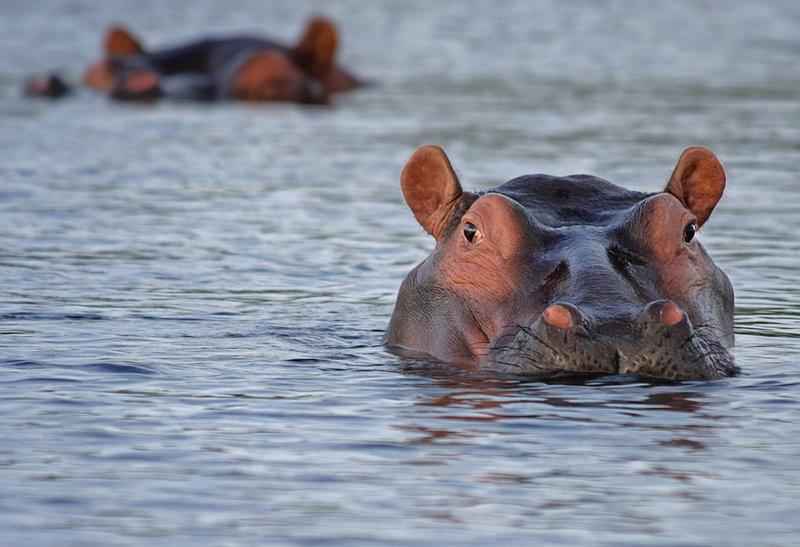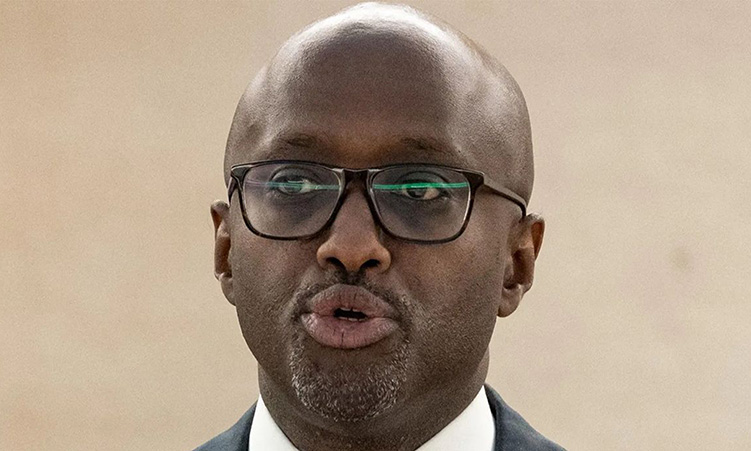A FLOCK of flamingos stick their beaks into shallow waters in search of food while a group of tourists, being hit by fresh air on their faces, reach for their cameras to take shots of the birds.
This is the most common picture one finds at the Walvis Bay Lagoon, one of the most important wetlands in southern Africa and one of the country’s four wetlands of international importance. “For many coastal communities the resources that occur there form the basis of livelihoods that support their very existence,” said Timo Mufeti, the Co-ordinator of the Namibian Coast Conservation and Management (Nacoma) project.The project is aimed at finding wise ways of utilising Namibia’s coastal and marine resources, that will not exhaust or damage the coast.The five-year project was launched in March this year.Mufeti says the key threats are uncontrolled tourism activities, off-road driving, land-based and sea-based pollution and uncontrolled expansion of coastal towns.Nacoma has secured US$4,9 million from the Global Environment Facility (GEF) through the World Bank, which will be supplemented by N$1,17 million from the Namibian Government.Ritva Reinikka, a World Bank representative in Namibia, said earlier if the coastal environment was not regulated and constructively guided, it could result in a long-term loss of biodiversity and reduce the economic potential of the coast.Keith Wearne of the Coastal Environment Trust of Namibia Trust (CETN) said Nacoma is a very important project as it strives to conserve all of Namibia’s coastal area.Wearne said CETN, which mainly looks at the conservation of coastal birds, is also working hand in hand with Nacoma, which has to develop a white paper on the sustainable development of the coastal areas with public views and opinions – from specialised stakeholders to local communities.The end result will be a policy document that will guide the way resources are used.Mufeti said the study for the Namibian coastal areas will require about 18 months to arrive at a draft white paper.A number of workshops will be held and a green paper will be produced and passed on to Parliament.As a start, a two-day workshop was held at Swakopmund this month, where key threats to the sustainable development of Namibia’s coastal areas was discussed.The project will be executed by the Ministry of Environment and Tourism and the Ministry of Local Government and Housing in collaboration with other line Ministries, coastal regional councils and coastal local authorities.In May, Wearne told The Namibian that the Walvis Bay Lagoon has seen a major decline in migratory bird species.He said he believes the birds have been upset by coastal development.Wearne said the number of Red Knot birds that frequented the Lagoon in the 1970s and early 1980s have declined drastically.The Red Knot, he said, migrated to Namibia from the Northern Hemisphere and one could spot up to 500 of this species at the lagoon at their peak.”For many coastal communities the resources that occur there form the basis of livelihoods that support their very existence,” said Timo Mufeti, the Co-ordinator of the Namibian Coast Conservation and Management (Nacoma) project.The project is aimed at finding wise ways of utilising Namibia’s coastal and marine resources, that will not exhaust or damage the coast.The five-year project was launched in March this year.Mufeti says the key threats are uncontrolled tourism activities, off-road driving, land-based and sea-based pollution and uncontrolled expansion of coastal towns.Nacoma has secured US$4,9 million from the Global Environment Facility (GEF) through the World Bank, which will be supplemented by N$1,17 million from the Namibian Government. Ritva Reinikka, a World Bank representative in Namibia, said earlier if the coastal environment was not regulated and constructively guided, it could result in a long-term loss of biodiversity and reduce the economic potential of the coast.Keith Wearne of the Coastal Environment Trust of Namibia Trust (CETN) said Nacoma is a very important project as it strives to conserve all of Namibia’s coastal area.Wearne said CETN, which mainly looks at the conservation of coastal birds, is also working hand in hand with Nacoma, which has to develop a white paper on the sustainable development of the coastal areas with public views and opinions – from specialised stakeholders to local communities.The end result will be a policy document that will guide the way resources are used.Mufeti said the study for the Namibian coastal areas will require about 18 months to arrive at a draft white paper.A number of workshops will be held and a green paper will be produced and passed on to Parliament.As a start, a two-day workshop was held at Swakopmund this month, where key threats to the sustainable development of Namibia’s coastal areas was discussed.The project will be executed by the Ministry of Environment and Tourism and the Ministry of Local Government and Housing in collaboration with other line Ministries, coastal regional councils and coastal local authorities.In May, Wearne told The Namibian that the Walvis Bay Lagoon has seen a major decline in migratory bird species.He said he believes the birds have been upset by coastal development.Wearne said the number of Red Knot birds that frequented the Lagoon in the 1970s and early 1980s have declined drastically.The Red Knot, he said, migrated to Namibia from the Northern Hemisphere and one could spot up to 500 of this species at the lagoon at their peak.
Stay informed with The Namibian – your source for credible journalism. Get in-depth reporting and opinions for
only N$85 a month. Invest in journalism, invest in democracy –
Subscribe Now!










